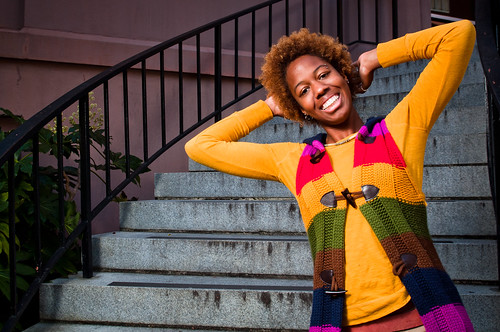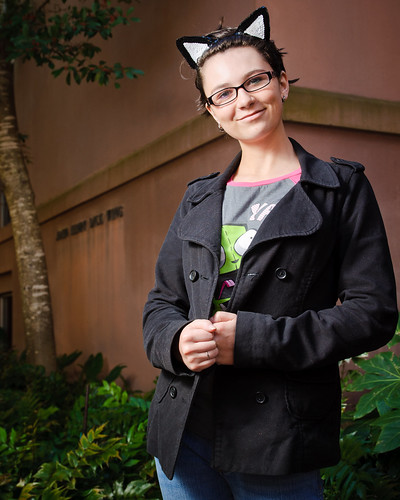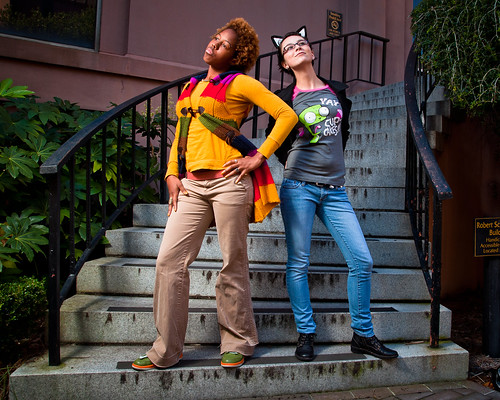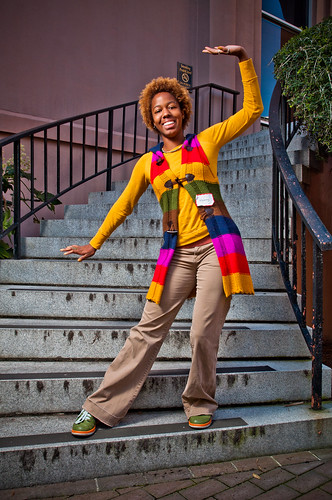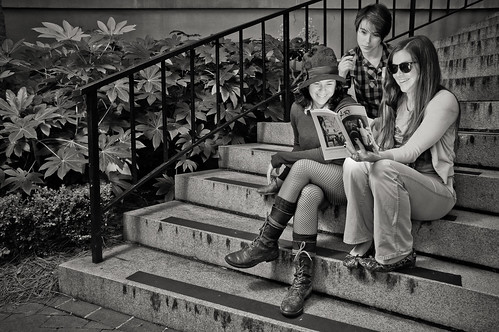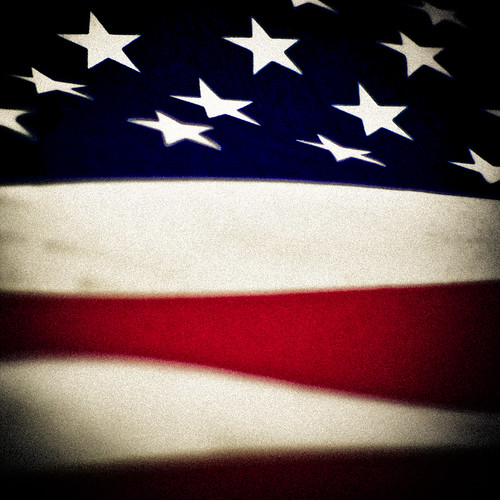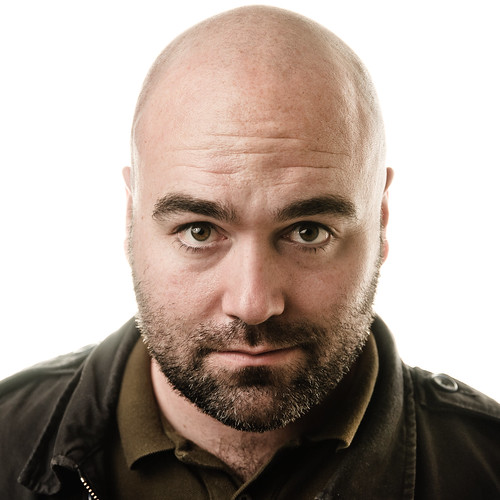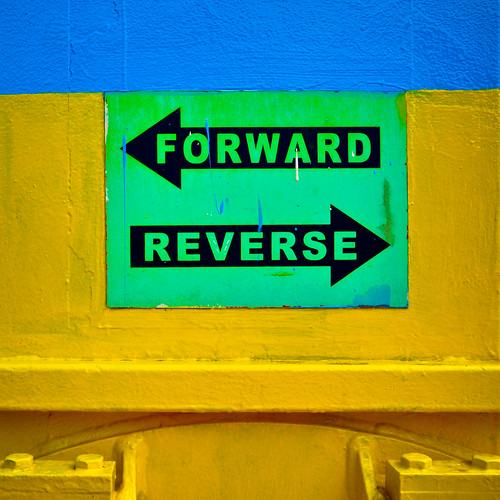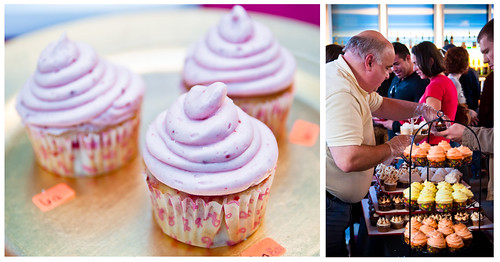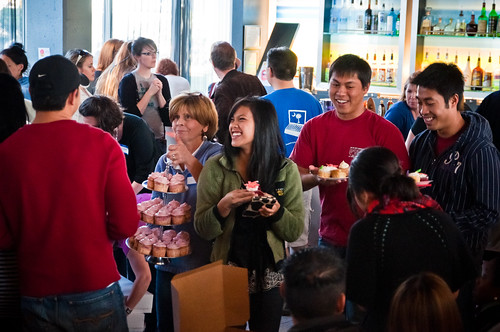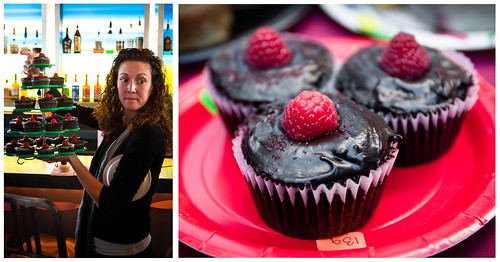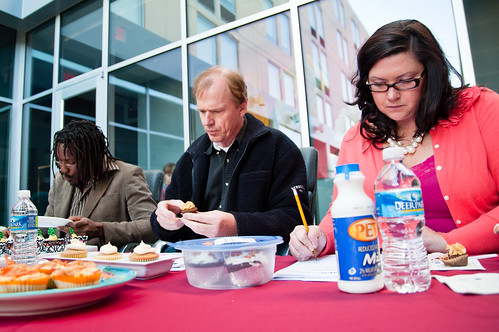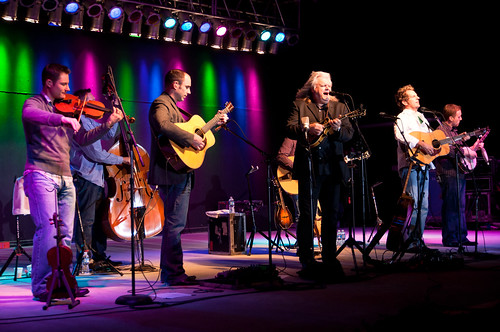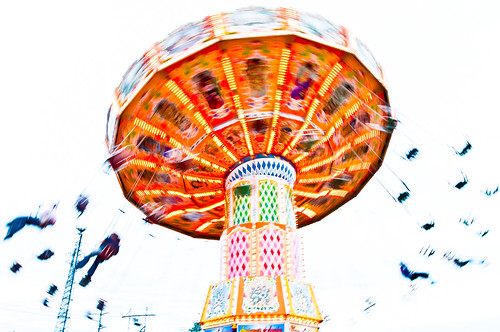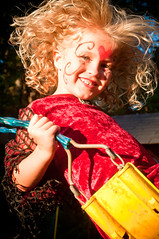Do Something That Scares You

For the longest time I was scared to take photos of people (and I still am to a certain degree). I’m not alone when I say that when I started to really get into photography, I concentrated on scenery, still life, and designs. The more I shot landscapes and shapes and other non-human subjects, the more disconnected I became from shooting actual people! As I became more aware of my craft, I began to doubt my ability to create an artistic shot of a person because a tree never voiced its opinion of my art, but a person sure could. When I’m shooting a still life of a pomegranate, there’s no fear that it will be disappointed with the end product – I can only disappoint myself, which is much safer than upsetting a human.

At some point I remembered that my favorite photographs before I really got into photography were of people. I needed to get back to what I first recognized as the appeal of this art. I started reading books by the likes of great people photographers Joe McNally and David duChemin, and scoured YouTube for videos of portrait sessions, and read up on lighting blogs. Eventually, I built up enough chutzpah to photograph a wedding! Since then, I’ve been seeking out opportunities to do portrait sessions. But not just ordinary pictures of people smiling. I’ve been looking for more artistic elements using what I learned from shooting all of those inanimate objects, and combining that with the unique energy of a person.
That photo of the worker on the sign up above really inspired me this morning. I was driving down the road when I saw that guy working on the billboard and two things came to mind; 1) The color and shape of the elements of the billboard against the sky really came together when a person was standing up on it, and 2) That guy’s job looks scary as hell. I’m not entirely sure what he was doing because he really hadn’t started working yet, but I imagine that it is not for the faint of heart. After I pulled into a parking lot next to the sign and pulled the camera up to my eye, the symbolism of the scene I was trying to capture hit me. You need to constantly challenge yourself if you want to move forward. You need to scare yourself. Not just in art, but in every aspect of life. I know it’s not a new idea, hell, “Do Something That Scares You” is probably trademarked by some motivational speaker somewhere (maybe it belongs to Jordan Chase), but to see something in everyday life that reminds you of it can be a moving experience.
With that said, my next big project, which is in the planning stage and could very well fall through before the deadline I have set for it, scares the piss out of me. It’s a huge undertaking and I may know by tomorrow if it will be happening or not. I will need a lot of help, but it will be well worth it to everyone involved. The best part is that I will include my awesome wife in this ongoing photography obsession of mine because it involves something she is equally obsessed with. I’m really hoping that the stars will align with this one, and if not, we do have a backup plan (but it would still be really cool if we can get this pulled off). Check back tomorrow night and I will hopefully be able to spill the beans!

